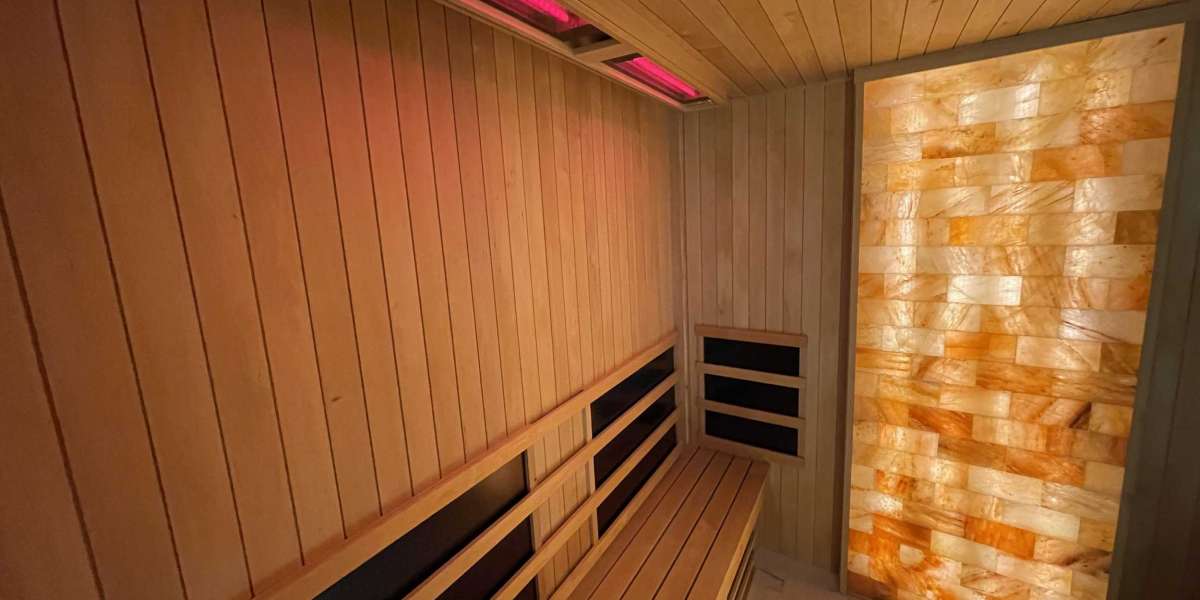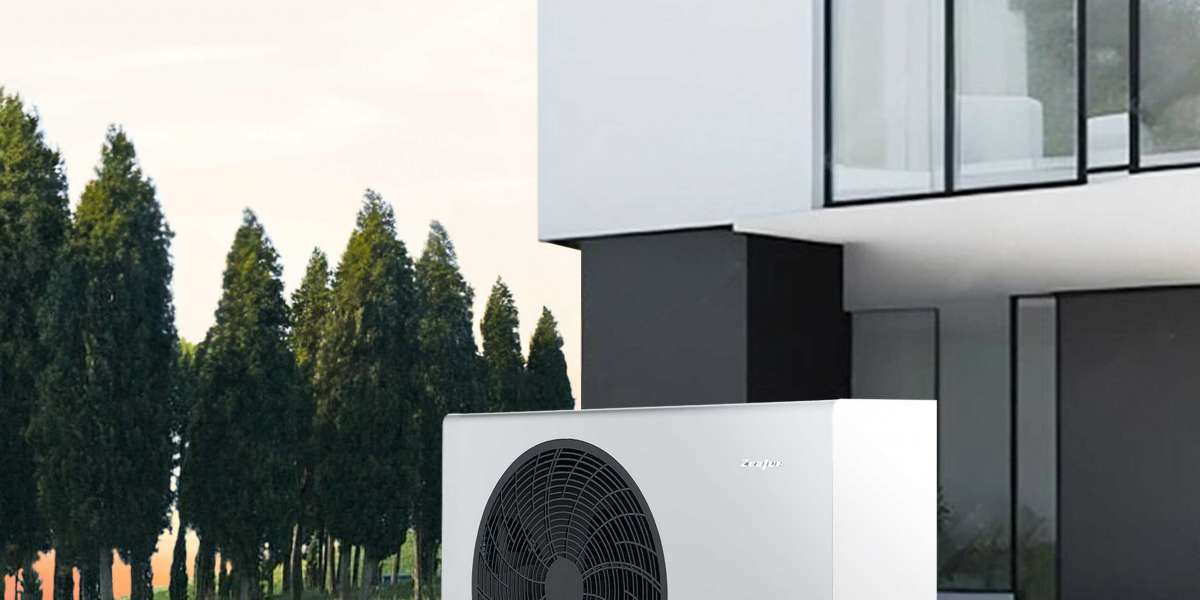Full spectrum saunas have gained popularity for their ability to offer a wide range of health and wellness benefits through the use of different types of infrared light. Unlike traditional saunas that rely on high temperatures, full spectrum saunas harness the power of near-infrared, mid-infrared, and far-infrared light to penetrate the body at varying depths. In this comprehensive exploration, we will delve into the different types of infrared light used in full spectrum saunas, revealing how each type contributes to various health and wellness advantages.
Near-Infrared Light
Near-infrared (NIR) light is the shortest wavelength in the infrared spectrum and is closest to visible light. In full spectrum saunas, NIR light is often emitted by incandescent bulbs or LEDs. This type of light is known for its ability to penetrate the skin's surface and reach the subcutaneous tissues.
Benefits of Near-Infrared Light:
Deep heating effect: NIR light gently warms the body from within, promoting relaxation and comfort during sauna sessions.
Enhanced collagen production: NIR exposure can stimulate the production of collagen, a protein that is essential for skin health and elasticity.
Improved wound healing: NIR light may expedite the healing of minor wounds, cuts, and skin blemishes.
Pain relief: NIR light has been used to alleviate muscle and joint pain, making it an excellent choice for pain management.
Mid-Infrared Light
Mid-infrared (MIR) light falls between near-infrared and far-infrared on the electromagnetic spectrum. MIR light is typically generated in full spectrum saunas through ceramic or metallic heaters. This type of light can penetrate deeper into the body than NIR, reaching muscles and joints.
Benefits of Mid-Infrared Light:
Increased circulation: MIR light helps dilate blood vessels, enhancing blood flow and oxygen delivery to tissues.
Pain relief: The deep penetrating heat of MIR light is effective in soothing muscle and joint pain, making it a valuable component for those with chronic conditions.
Detoxification: The profuse sweating induced by MIR exposure can aid in the elimination of toxins from the body.
Far-Infrared Light
Far-infrared (FIR) light has the longest wavelength in the infrared spectrum and is the type most commonly associated with traditional saunas. In full spectrum saunas, FIR light is typically produced using carbon or ceramic heaters. FIR light penetrates even deeper into the body, reaching internal organs.
Benefits of Far-Infrared Light:
Profuse sweating: FIR exposure induces heavy sweating, allowing for effective detoxification as the body eliminates toxins through sweat.
Cardiovascular benefits: The increased heart rate and blood flow promoted by FIR light can support cardiovascular health.
Stress reduction: FIR light contributes to relaxation and stress reduction by stimulating the release of endorphins, the body's natural "feel-good" hormones.
Improved immune function: Regular use of FIR saunas has been associated with enhanced immune system function, aiding in the body's defense against infections and illnesses.
Conclusion
Full spectrum saunas harness the power of different types of infrared light to provide a wide range of health and wellness benefits. Near-infrared light offers shallow tissue heating and skin benefits, mid-infrared light penetrates muscles and joints, and far-infrared light reaches deep into the body to induce profuse sweating and support detoxification. Combining these different types of infrared light in a single sauna provides a holistic approach to enhancing overall well-being, making full spectrum saunas a valuable tool for relaxation, pain relief, and promoting good health.








